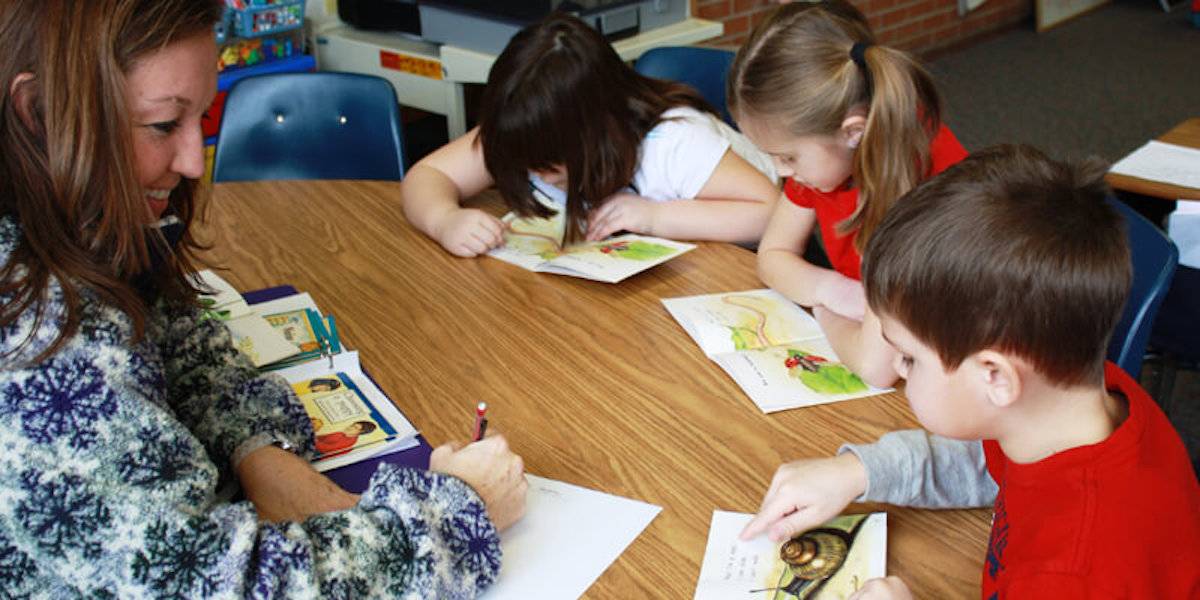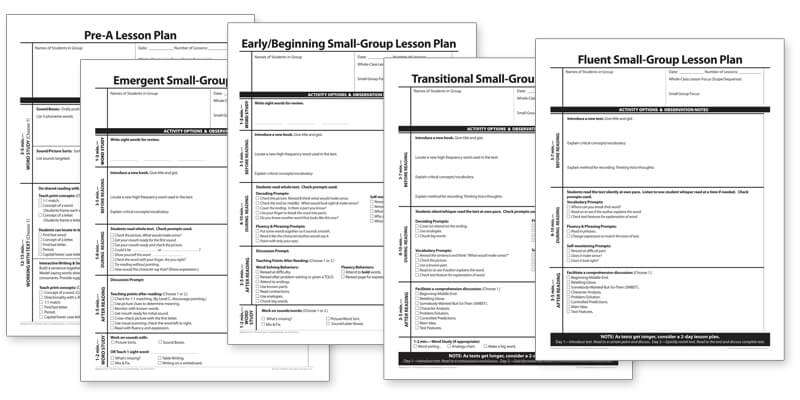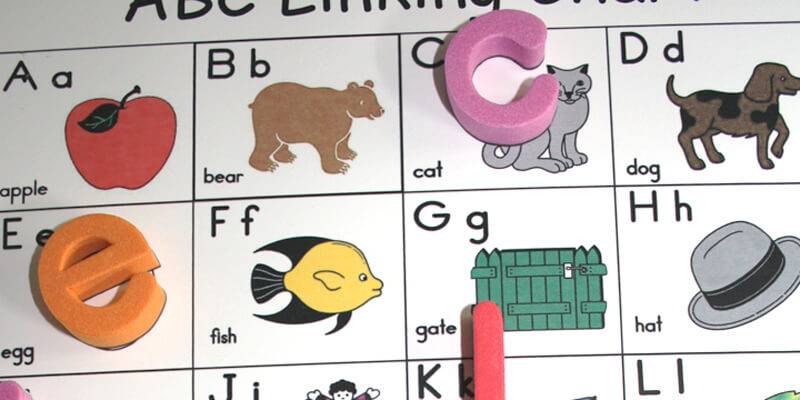Learning Center
reading
Differentiate small-group lessons based on reader needs
March 18, 2020

Differentiated reading instruction is the purpose of teacher-led small groups. Whole-class reading comprehension lesson plans are generalized strategies, but the small-group meeting is a time to customize instruction based on unique learner needs revealed through hard data and observations.
A small group allows students to integrate all aspects of word work, fluency, and comprehension. The time is centered around a text that lends itself to readers practicing these behaviors and strategies.
However, some aspects of the group can look vastly different depending on the stage of the readers. Readers in an elementary classroom can fall into one of the following stages of reading development:
Pre-A—Levels A-C (Typical of readers in grades PK-K) PDF | Word doc | Google Doc
Emergent—Levels A-C (Typical of readers in grades PK-K) PDF | Word doc | Google Doc
Early/Beginning—Levels D-I (Typical of readers in grades K-1) PDF | Word doc | Google Doc
Transitional—Levels J-P (Typical of readers grades 2-3) PDF | Word doc | Google Doc
Fluent—Levels Q-Z (Typical of readers in grades 4 and up) PDF | Word doc | Google Doc
When planning lessons that focus on reader behaviors and reading strategies, consider the instructional activities, time allotments, and teacher prompts you use when meeting with students. Access a variety of lesson-planning forms as either a PDF download or an editable Word document.
These forms include specific teaching points that are developmentally appropriate for each reading stage. Consequently, teachers can provide the necessary scaffolding in their small groups and grow readers.




